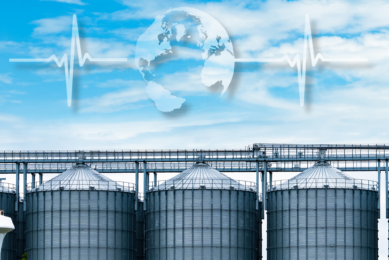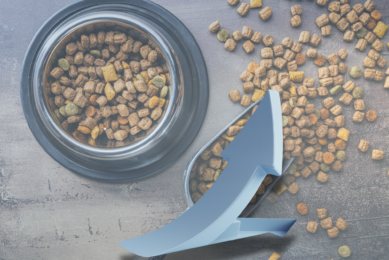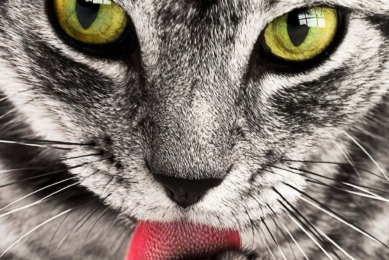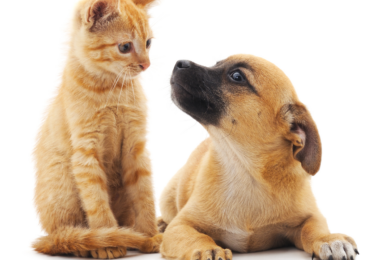Russia faces a deepening shortage of premium pet food

Russia is experiencing a growing shortage of premium, specialised, and holistic pet food, the local press reported, citing market players.
Quite a few Western brands have pulled out of the Russian market since 2020 due to Western sanctions against the country and Russian veterinary restrictions, and this process continues.
“From November 2023 to February 2024 alone, several dozen European premium, super-premium, and holistic brands left Russia for various reasons,” Anna Kazak, founder and CEO, founder and CEO of the dog food manufacturer Nu: Treat, told a local news outlet 78.
Customers whose pets need specialised or holistic pet food are divided into 2 camps, the press office of the e-commerce pet food company Zoozavr revealed.
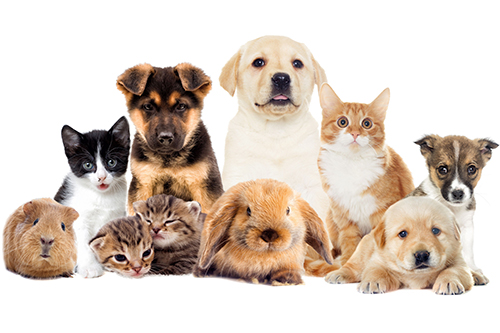
“Some continue to look for leftovers of scarce pet food online and offline, buying up these remnants, while others have switched to pet food from other imported manufacturers that are still present on the market,” the company revealed.
Quality is under question
The publication emphasised that the deficit is registered in the high-end market segment. Russia has nearly complete self-sufficiency in regular pet food but used to rely heavily on imports in premium categories.
Although Russian pet food companies managed to overcome the shortage of regular pet food, the quality of their products is not always guaranteed.
“With the departure of European feeds, there are pet food products left on the market with raw material costs from Rub 70 to 150 ($0.7 to $1.5). Do they contain good meat, or is it meat and bone meal from by-products, trimmings and waste from meat, bone production, and ash? The answer is obvious,” Kazak said.
Russian pet food manufacturers also complained about the lack of high-quality fish meat on the domestic market.
Growing market
In 2023, sales on the Russian pet food market totalled Rub433 billion ($4.3 billion) against Rub380 billion ($3.8 billion) in the previous year with a 14% growth, estimated Zooinform, a Moscow-based pet food media.
At the same time, imports continue to shrink in line with the market trend observed during the last 4 years. In 2023, around 72,400 tonnes of foreign pet food landed on the country’s market, 31% down compared with the previous year.
Almost the entire growth is associated with the rise in prices and a gradual shift of the demand for more expensive goods, the market players indicated.




